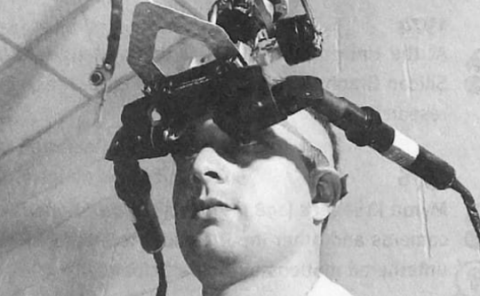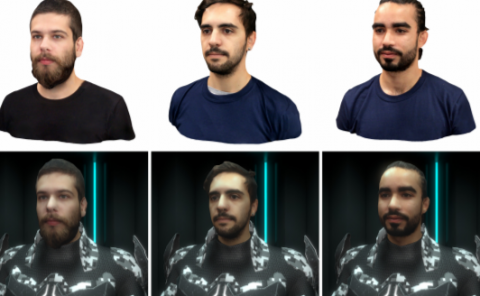Impact of Alignment Point Distance Distribution on SPAAM Calibration of Optical See-Through Head-Mounted Displays
PubDate: August 2018
Teams: Mississippi State University
Writers: Kenneth R. Moser; Mohammed Safayet Arefin; J. Edward Swan

Abstract
The use of Optical See-Through Head-Mounted Displays (OST-HMDs) for presenting Augmented Reality experiences has become more common, due to the increasing availability of lower cost head-worn device options. Despite this growth, commercially available OST hardware remains devoid of the integrated eye-tracking cameras necessary for automatically calibrating user-specific view parameters, leaving manual calibration methods as the most consistently viable option across display types. The Single Point Active Alignment Method (SPAAM) is currently the most-cited manual calibration technique, due to the relaxation of user constraints with respect to allowable motion during the calibration process. This work presents the first formal study directly investigating the effects that alignment point distribution imposes on SPAAM calibration accuracy and precision. A user experiment, employing a single expert user, is presented, in which SPAAM calibrations are performed under each of five conditions. Four of the conditions cross alignment distance (arm length, room scale) with user pose (sitting, standing). The fifth condition is a control condition, in which the user is replaced with a rigidly mounted camera; the control condition removes the effect of noise from uncontrollable postural sway. The final experimental results show no significant impact on calibration due to user pose (sitting, standing). The control condition also did not differ from the user produced calibration results, suggesting that posture sway was not a significant factor. However, both the user and control conditions show significant improvement using arm’s length alignment points over room scale alignments, with an order of magnitude difference in eye location estimate error between conditions.



